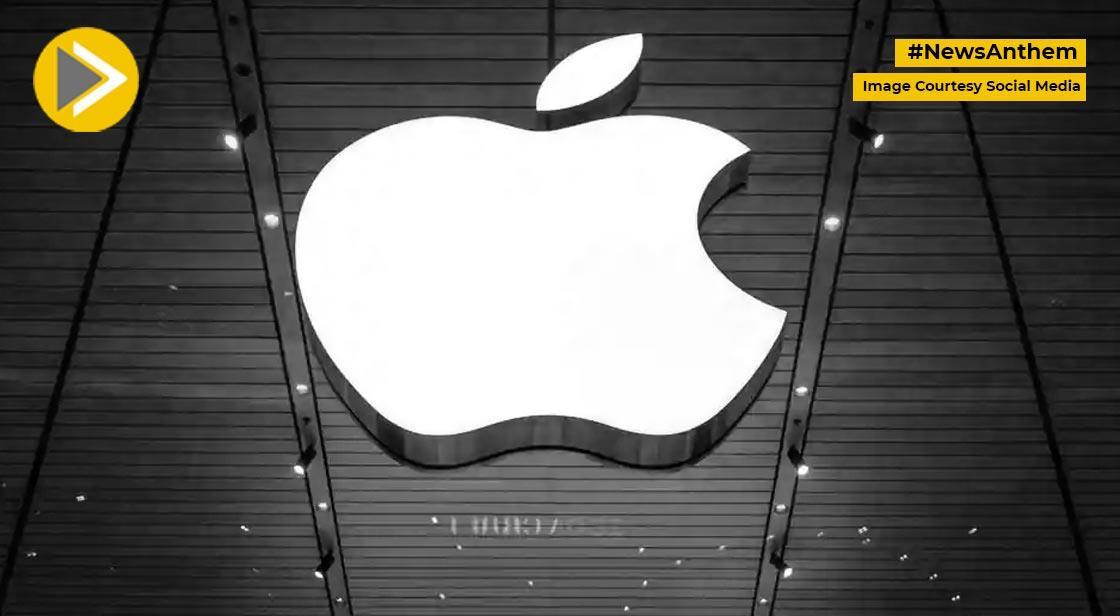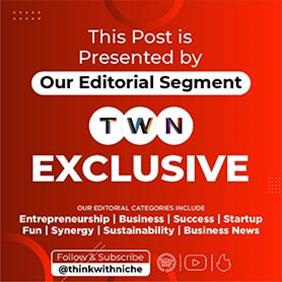Apple to Launch Cheaper, Lightweight Vision Pro Inspired by Meta’s Smart Glasses

News Synopsis
Despite lukewarm consumer response and a limited release of its first-generation mixed reality headset, Apple is doubling down on its Vision Pro platform. According to tech journalist Mark Gurman of Bloomberg, the tech giant is currently developing two new variants of its spatial computing device: a more affordable, lightweight headset that echoes Meta’s Ray-Ban-style smart glasses, and a wired version designed specifically for enterprise users that can be tethered to a Mac for ultra-low latency.
Vision Pro Gen 1 Faced Mixed Reception
A Pricey Debut with Physical Limitations
The original Apple Vision Pro, introduced in June 2023 and launched in 2024 at a steep $3,500, was hailed as a futuristic step into spatial computing. However, the device drew criticism due to its hefty weight and high price point. Several users reportedly experienced head and neck strain during prolonged sessions, while others sought refunds, citing discomfort and lack of practical use cases.
Yet, Apple has invested billions of dollars into its mixed reality initiative, signaling a strong commitment to the platform. Rather than retreating, Apple appears to be recalibrating its strategy to widen its appeal.
Two New Vision Pro Models in Development
Model 1: A Lightweight, Affordable Alternative
According to Gurman, Apple is actively developing a lighter, cheaper Vision Pro model intended to overcome the barriers of cost and wearability that plagued the original. The new device will be more slimmed-down and consumer-friendly, taking cues from Meta’s Ray-Ban Stories smart glasses.
“Tim cares about nothing else… it’s the only thing he’s really spending his time on from a product development standpoint,” a source told Gurman.
Although still part of the Vision Pro family, this variant will likely shed many high-end features to cut down on price and weight. Apple aims to broaden its market reach, especially to consumers who found the $3,500 version inaccessible. However, cutting production costs without compromising Apple’s design ethos remains a challenge—particularly in light of tariff complications and ongoing China-related manufacturing concerns.
Model 2: A Mac-Tethered Vision Pro for Enterprise
The second device under development is a wired Vision Pro headset that connects directly to a Mac, specifically targeting professional users and enterprise applications. This model will prioritize ultra-low latency, an area where the current wireless Vision Pro has received feedback from enterprise clients regarding lag and performance inconsistencies.
Unlike Apple’s earlier scrapped project that involved transparent lenses, this new model will retain the immersive passthrough design featured in the original headset.
Gurman notes that Apple had initially considered a simple spec refresh—replacing the M2 chip with a more powerful M5 processor. However, after evaluating enterprise use-case demands, the company shifted focus to a tethered configuration, emphasizing professional-grade performance and reliability.
Apple’s Long-Term Vision: All-Day Wearable AR Glasses
These developments are reportedly aligned with Apple’s CEO Tim Cook’s larger vision to eventually introduce sleek, lightweight augmented reality glasses that could be worn comfortably all day. This long-term goal remains central to Apple’s mixed reality roadmap, even if current technological and production limitations mean a gradual approach.
Key Takeaways
-
Apple is working on two new Vision Pro headsets:
-
A cheaper, lightweight model inspired by Meta’s Ray-Ban smart glasses.
-
A wired model for enterprise users, designed to connect directly to Macs.
-
-
The original Vision Pro faced issues due to price ($3,500) and bulk, prompting user complaints.
-
A shift from wireless to tethered systems for enterprise reflects Apple’s evolving focus.
-
These efforts support Tim Cook’s long-term dream of all-day AR glasses.
Conclusion: Apple’s Mixed Reality Ambitions Are Just Getting Started
Apple’s decision to push forward with two new Vision Pro models—despite the tepid response to its first-generation device—demonstrates the company's long-term commitment to spatial computing and augmented reality.
By addressing key consumer pain points such as cost and comfort with a lighter, more affordable headset, and simultaneously catering to enterprise demands with a wired, low-latency version, Apple is tactically expanding its reach across both personal and professional use cases.
This dual-pronged strategy not only keeps Apple in the conversation amid growing competition from Meta and other XR players, but also lays the groundwork for Tim Cook’s ultimate vision—sleek, all-day wearable AR glasses.
With billions already invested, and innovation still at the core, Apple is clearly playing the long game. The next iterations of Vision Pro may well determine how successfully the company transitions from premium gadgets to mainstream mixed reality solutions.
You May Like









